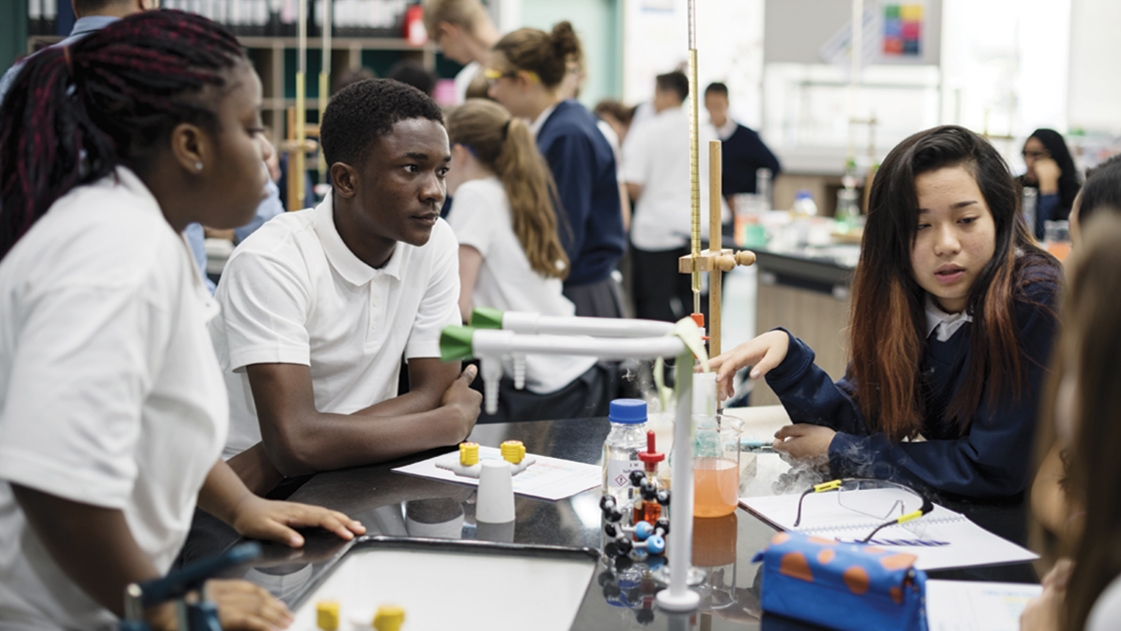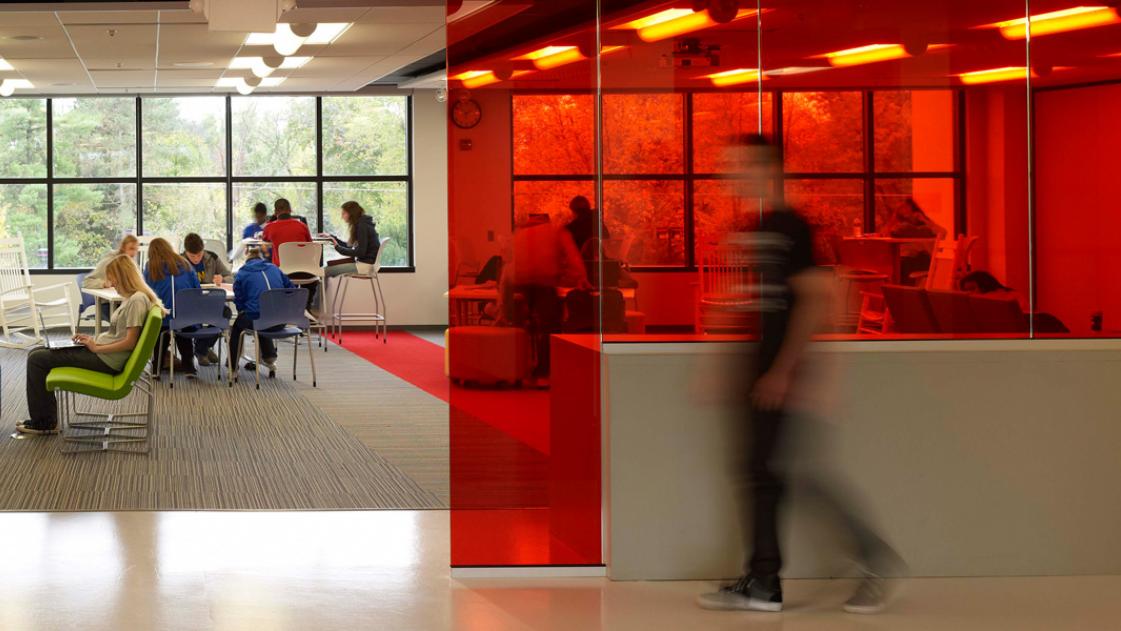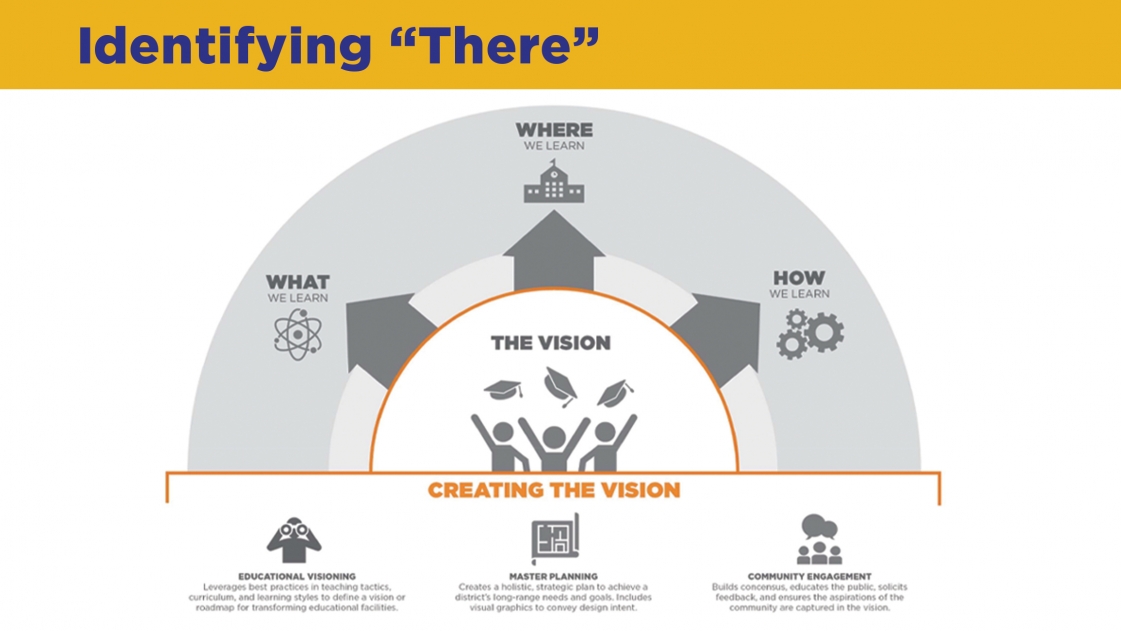Forward-Thinking School Design is Within a District’s Reach

In America’s K-12 schools, core academic areas have changed immensely to focus on multi-disciplinary themes such as: financial literacy, civic literacy, health literacy and global awareness. At the same time, traditional models of education have shifted to something called 21st century learning. This is a philosophy and a model centered on the student that incorporates creative, participatory, and project-based learning. It differs from the 20th century model of education, which was teacher-centric and focused on teaching efficiency and preparing students for an industrial age.
Districts across the country are trying to figure out what to do with these new philosophies and how to best incorporate key methodologies into practice. For more than 20 years, OHM Advisors has partnered with K-12 schools to create designs that foster the innovative thinking and collaboration we need to succeed in a global economy.
Leading the trend in 21st century learning environments
A great example of forward-looking school design is Clark Hall, a non-traditional high school in the Columbus, Ohio suburb of Gahanna. The building, set in an urban-like area, houses retail on the first floor, while students and classrooms occupy the second and third floors.
When designing Clark Hall, the goal was to create an educational environment that was not institutional. Rather it allows students the choice on how they want to work, where they want to work, and to some extent, even when they want to work. It’s no longer cells and bells. We’re creating ways that teachers can give students more “customized” learning experiences.
While this may feel like a “pie in the sky,” for some districts, it’s actually more attainable then they realize—and it’s our job to help them understand just want they can and can’t do when building or remodeling classrooms. We know that not every district can build a new school like Gahanna did. I get asked all the time: “What can we do in our existing building to get to that student-centered learning model?” It’s a great question, and one we can help with. We do it through a “visioning” process.
Educational visioning: A critical part of long-term educational planning
It’s important to not just blindly follow the trends. Visioning is an often overlooked but critically important part of the long-term planning process for schools. It generally entails guided discussion to gauge where a district stands on the future delivery and environment of education. Participants map their current curriculum and facilities with future wants and needs. They also conceptualize various programmatic elements. By defining the most appropriate educational practices, school organizational structure, and concepts for the school facilities needed to support them, visioning helps districts to create a roadmap for transforming their schools. The visioning process opens the door to possibility in a district and often inspires cutting-edge work. It can also be valuable in building consensus and positioning administrators, teachers, students, and parents to embrace change.
If you’re interested in learning more, there are five key steps for starting to create student-centered learning environments outlined in my book titled “What’s in Your Space? 5 Steps for Better School and Classroom Design.” Written in collaboration with Dwight Carter, principal of New Albany High School (former principal of Gahanna Lincoln High School) and Mark White, former superintendent of Gahanna-Jefferson Public Schools, it walks educators through the process of designing “thinking” and “learning” spaces to accommodate today’s evolving learning models.


